The Attack Simulation Proactive Market is characterized by a dynamic competitive landscape, driven by the increasing need for organizations to bolster their cybersecurity defenses against sophisticated threats. Key players such as Cymulate (IL), SafeBreach (US), and AttackIQ (US) are at the forefront, each adopting distinct strategies to enhance their market positioning. Cymulate (IL) focuses on continuous innovation in its attack simulation platform, emphasizing real-time threat intelligence and automated testing capabilities. SafeBreach (US), on the other hand, has carved a niche through strategic partnerships, enhancing its offerings with integrations that allow for seamless deployment in diverse IT environments. AttackIQ (US) is leveraging its expertise in security validation to expand its global footprint, indicating a trend towards regional diversification in response to varying cybersecurity needs across markets. Collectively, these strategies contribute to a competitive environment that is increasingly reliant on technological advancement and strategic collaborations.
The market structure appears moderately fragmented, with numerous players vying for market share while also engaging in strategic alliances to optimize their offerings. Key business tactics include localizing services to meet regional compliance requirements and optimizing supply chains to ensure rapid deployment of solutions. This fragmentation allows for a diverse range of services, yet the influence of major players remains significant, as they set benchmarks for innovation and service delivery.
In August 2025, Cymulate (IL) announced a partnership with a leading cloud service provider to enhance its attack simulation capabilities, allowing clients to test their cloud security posture more effectively. This strategic move not only broadens Cymulate's service offerings but also positions it as a critical player in the cloud security domain, where demand is surging. The partnership underscores the importance of adaptability in a rapidly evolving threat landscape, as organizations increasingly migrate to cloud environments.
In September 2025, SafeBreach (US) launched a new feature that integrates machine learning algorithms into its breach and attack simulation platform. This innovation aims to provide users with predictive insights into potential vulnerabilities, thereby enhancing proactive defense mechanisms. The introduction of such advanced analytics reflects a broader trend towards AI integration in cybersecurity, suggesting that companies are prioritizing not just reactive measures but also anticipatory strategies to mitigate risks.
In October 2025, AttackIQ (US) secured a significant investment to further develop its security validation platform, focusing on enhancing user experience and operational efficiency. This influx of capital is likely to accelerate the company’s innovation cycle, enabling it to introduce more sophisticated features that align with the growing demand for comprehensive security solutions. Such investments are indicative of a market trend where financial backing is increasingly directed towards technological advancements that promise to redefine competitive advantages.
As of October 2025, the competitive trends within the Attack Simulation Proactive Market are heavily influenced by digitalization, AI integration, and the pursuit of sustainable practices. Strategic alliances are becoming pivotal, as companies recognize the value of collaborative innovation in addressing complex cybersecurity challenges. Looking ahead, it is anticipated that competitive differentiation will increasingly pivot from traditional price-based strategies to a focus on innovation, technological prowess, and the reliability of supply chains. This evolution suggests a market that is not only maturing but also adapting to the multifaceted demands of modern cybersecurity.


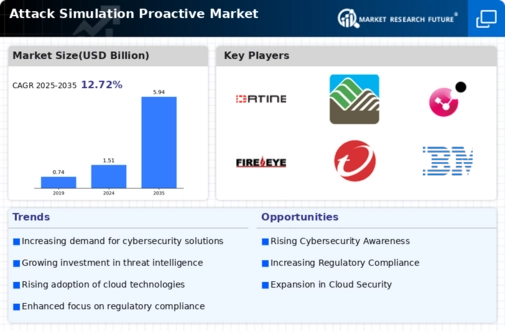
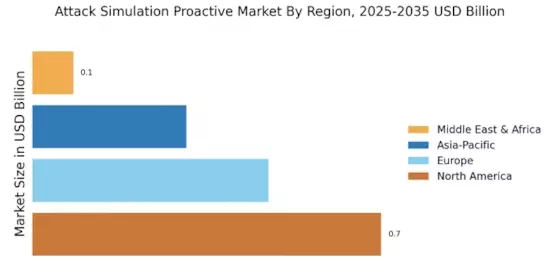
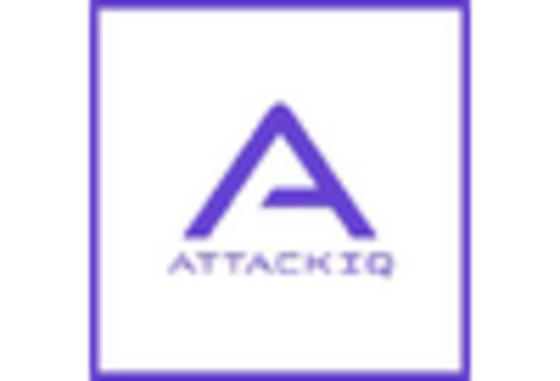
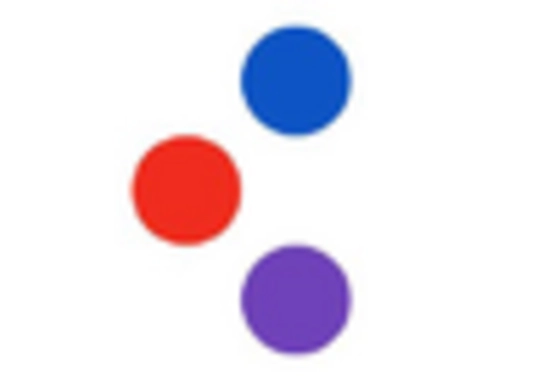
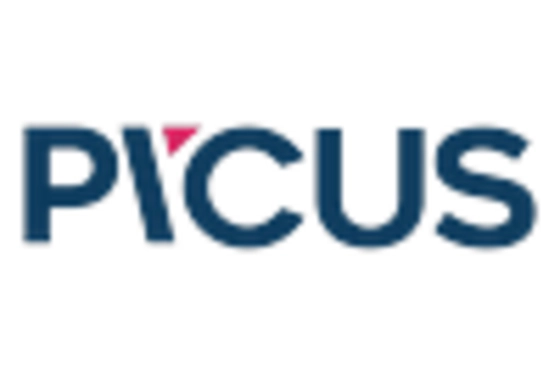
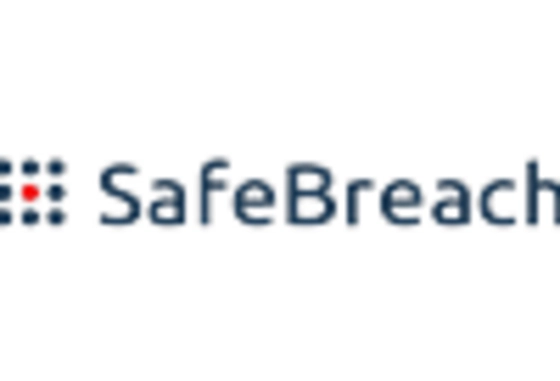
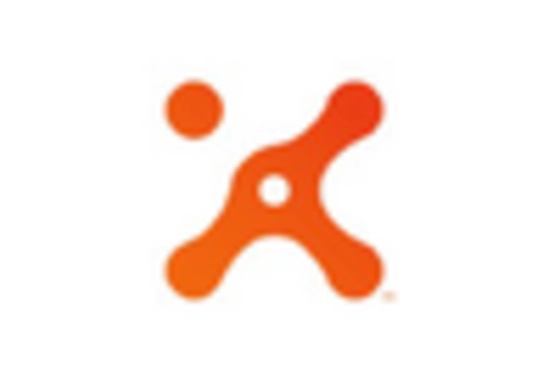









Leave a Comment